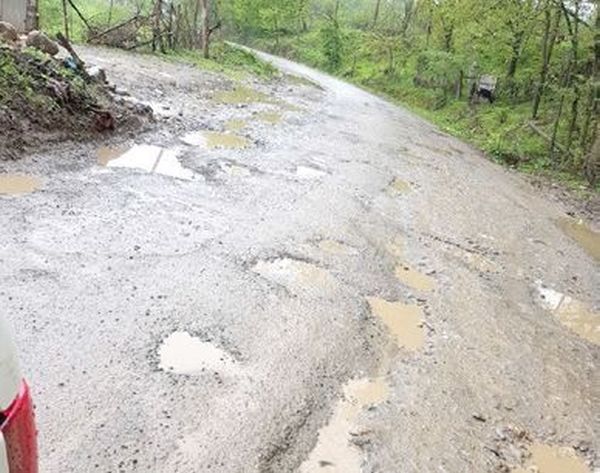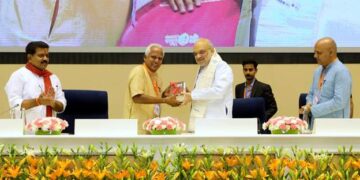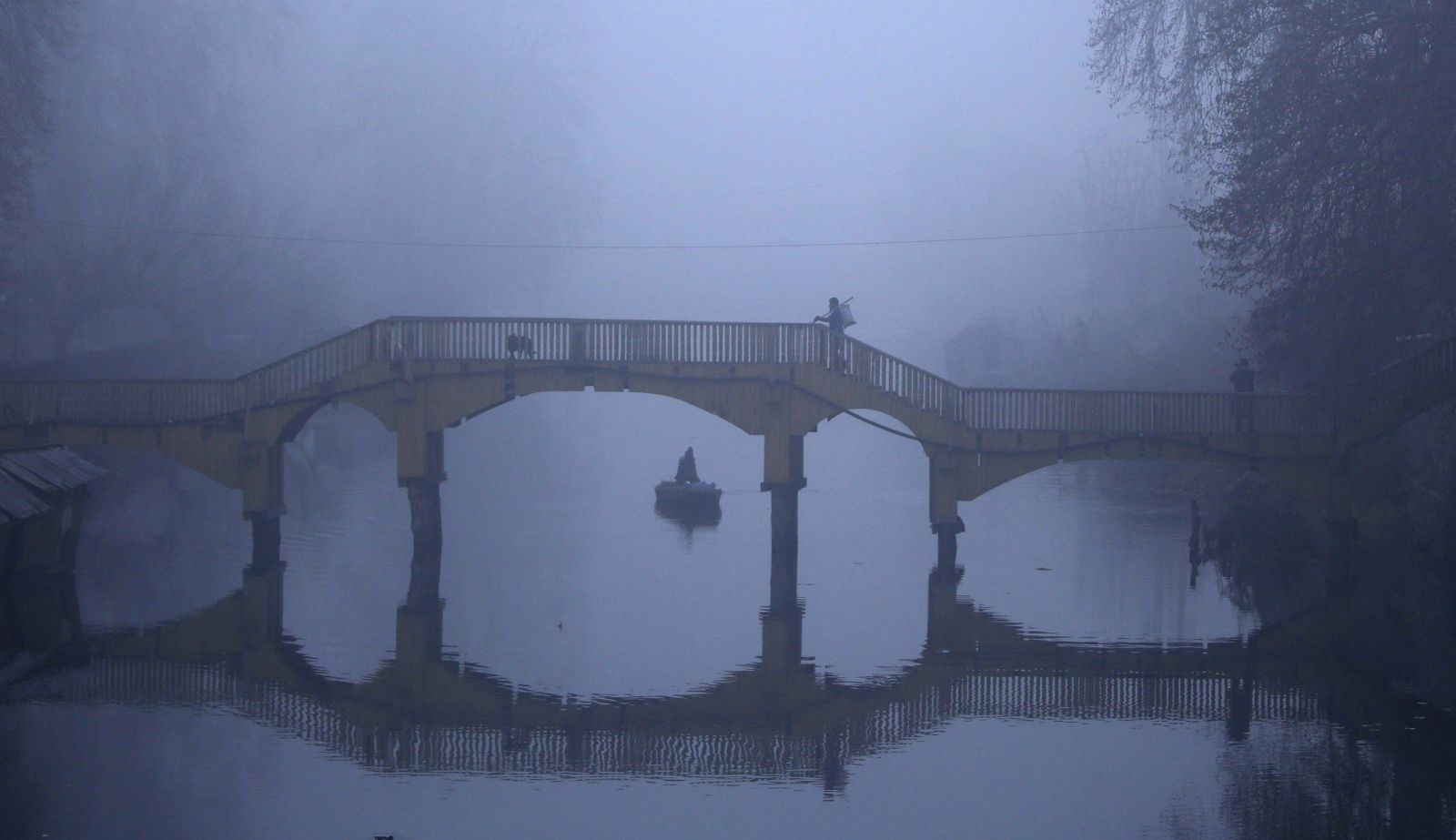India, the world’s fastest-growing major economy, has made remarkable strides in various sectors — yet the question persists: why are our roads still so terrible? Despite ambitious infrastructure programs and ever-increasing budgetary allocations, the quality of roads — especially in urban peripheries, rural interiors, and even national highways — remains questionable. Potholes, cracks, uneven layers, and incomplete works define the daily experience of millions. This article aims to understand why Indian roads lag behind global standards despite the country’s technological and economic advancements.
- A Nation on Wheels, but Bumpy Roads
India has over 63 lakh kilometers of road network — the second-largest in the world — yet a significant portion is in poor or deteriorating condition. As per a 2023 Ministry of Road Transport and Highways report, nearly 35% of rural roads and 25% of urban roads require urgent repair or complete reconstruction. In metropolitan cities like Bengaluru, Mumbai, and Delhi, commuters routinely spend hours navigating traffic made worse by shoddy road surfaces and haphazard repairs.
According to the same report, India recorded over 461,000 road accidents in 2022, resulting in 168,491 deaths — roughly 19 deaths every hour. Shockingly, pothole-related accidents alone account for an average of 6,880 incidents and more than 2,300 deaths each year. These figures not only reflect negligence in road construction and maintenance but also expose the tragic human cost of systemic apathy.
- Why Are Indian Roads So Bad?
- Poor Planning and Execution
Infrastructure projects in India often suffer from rushed planning and flawed execution. Road design frequently ignores local terrain, drainage systems, and long-term maintenance. Substandard materials are often used to cut costs or accelerate timelines, leading to premature damage.
- The Corruption Conundrum
Corruption plays a deeply corrosive role. In many road contracts, materials such as bitumen or cement are diluted or replaced with inferior alternatives. Even worse, a prevailing mindset among some contractors and officials is that poorly constructed roads ensure repeat contracts. A road built to last 10 years means no contract renewal — a dangerous incentive that perpetuates a cycle of mediocrity.
- Neglected Maintenance
India spends far more on building new roads than maintaining existing ones. Maintenance budgets are meagre, inconsistent, or misused. Often, roads are only repaired when elections approach or after fatalities occur — a reactive instead of proactive system.
- Bureaucratic Overlap
The responsibility for roads is divided between multiple government bodies — municipal corporations, state PWDs, NHAI, and rural agencies — leading to confusion, delays, and lack of accountability. In many instances, a road may be dug up multiple times by different departments (electricity, water, gas), each restoring it poorly.
- Weather Extremes and Engineering Gaps
India’s climate is harsh — from intense monsoons to scorching summers — which tests the durability of roads. However, engineering practices haven’t evolved proportionately. Roads often lack proper drainage, leading to waterlogging and rapid deterioration.
- Lack of Citizen Pressure and Transparency
While people suffer, there’s limited civic engagement in demanding accountability. Road quality audits, though mandated, are rarely published or scrutinized by the public. Without public pressure, the status quo remains.
- Recent Tragedies That Could Have Been Prevented
The human cost of poorly maintained roads is devastating and all too frequent. Across the country, avoidable accidents caused by potholes and dangerous road conditions have claimed hundreds of lives. Here are just a few of the recent examples:
- In Thane, Maharashtra (Sept 2023), Akash Jadhav died after his motorcycle hit a deep pothole on the Bhiwandi–Wada road. The contractor in charge was booked under culpable homicide charges.
- On the Mumbai–Ahmedabad highway at Naigaon (Aug 2023), a young woman pillion rider fell into a pothole and died. Months of local complaints went unheard.
- During the 2023 monsoon in Mumbai suburbs, at least five deaths were linked directly to pothole-related accidents, mostly involving motorcyclists and pedestrians slipping into waterlogged craters.
- In October 2023, MP: a pickup vehicle overturned near Amzhera while maneuvering around a pothole, injuring passengers. The dangerous stretch had long been neglected.
- In Jammu & Kashmir’s Rajouri district (Feb 2025), a man named Gulzar Hussain died, and a 3 year old child was critically injured when their car skidded off a dilapidated road and plunged off a bridge into a river. Locals attributed the crash to poorly maintained, gaping potholes and absence of guardrails — despite repeated pleas to the Public Works Department. The road, widely used by daily commuters, had not been resurfaced or repaired in over a decade.
- In Doda district, J&K (May 2025), a heavily overloaded passenger vehicle skidded off the road and plummeted into a gorge, killing seven people, including a woman, and injuring 17 others. Officials cited treacherous terrain, poorly lit roads, absence of safety barriers, and chronic neglect of road maintenance as contributing factors. The incident reignited local protests demanding urgent intervention from the administration.
- In Poonch district, J&K (April 2025), a Tata Sumo vehicle carrying passengers lost control and plunged nearly 100 meters into a gorge near Dhargloon in Mendhar area. Nine people were injured, including seven women. Locals blamed the accident on lack of safety barriers, eroded roadside edges, and severely potholed terrain, which made it nearly impossible to navigate the road safely.
These cases underscore a national crisis. Every pothole left unattended is not just a symbol of inefficiency — it becomes a potential deathtrap. The link between poor road infrastructure and fatality rates is undeniable, and yet it receives a fraction of the policy urgency it deserves.
- Signs of Hope
To be fair, not everything is bleak. Programs like PM Gram Sadak Yojana and Bharatmala Pariyojana have brought visible improvements in remote connectivity and highway expansion. Technologies like plastic-infused roads, GIS mapping, and road quality sensors are slowly being adopted. Some states like Gujarat and Kerala have taken the lead in road upkeep, offering a model for others.
Moreover, Supreme Court interventions and increasing media coverage have helped bring road safety into public discourse. Citizens in urban pockets are beginning to push back — with civic tech apps and legal action to hold contractors and officials accountable.
- The Road Ahead
For India to truly transform its road infrastructure, systemic reform is necessary. This includes:
- Independent quality audits with publicly available reports
- Digital tracking of every road contract and its timeline
- Citizen reporting portals with response mandates
- Lifetime bans on corrupt contractors
- Increased maintenance budgets, especially in rural and hilly areas
- A shift from short-term repair to long-term sustainability
Good roads are not a luxury — they’re foundational to growth, dignity, and safety. If India dreams of becoming a global superpower, it cannot afford to have a broken spine. The road to progress must first be paved — and paved well.
The writer is an independent Researcher. He can be contacted at shahidhakla360@gmail.com






